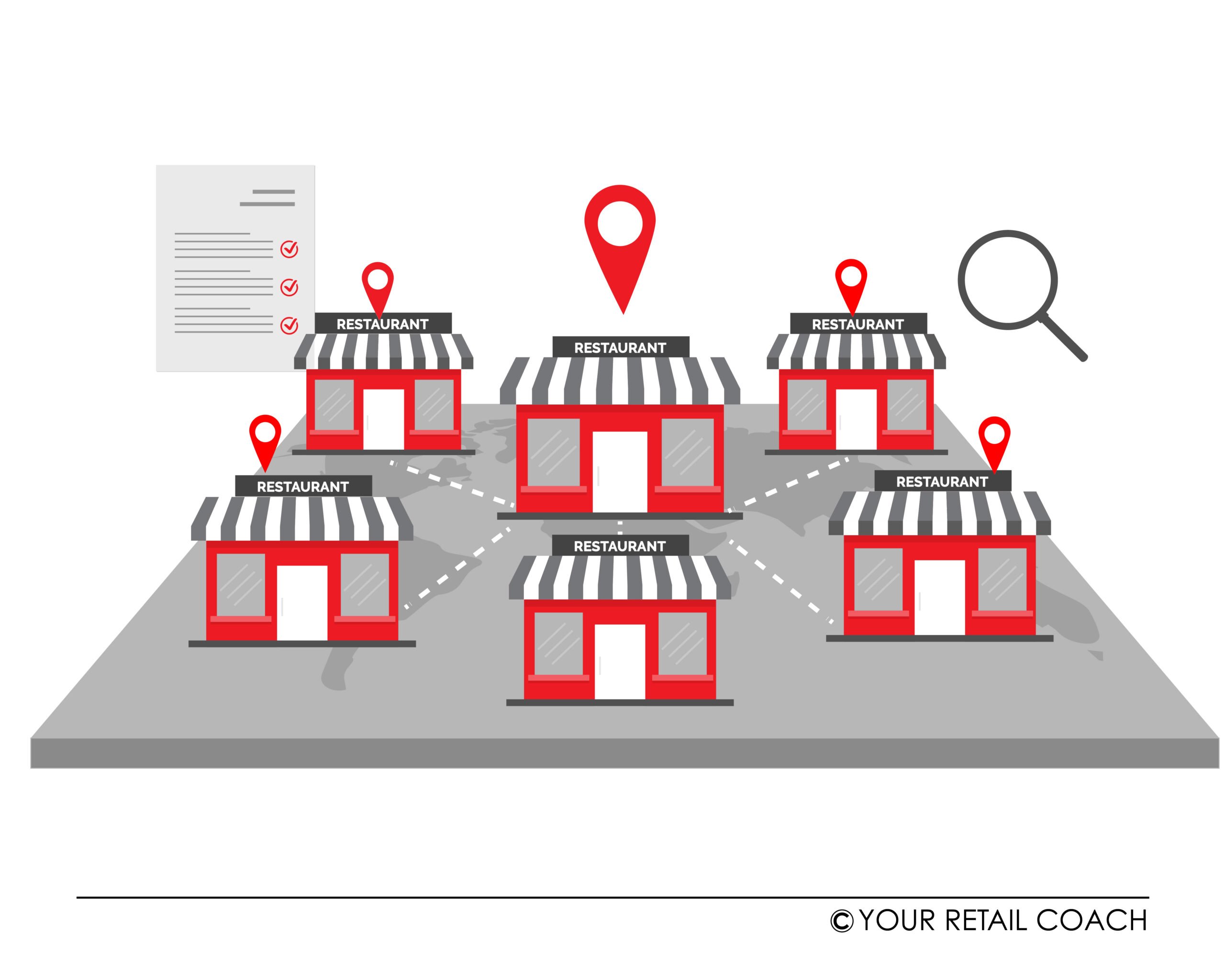Restaurant Franchise Model
There is no doubt that franchising a restaurant business is a complex process. As with any expansion project, franchising your restaurant business will require time and effort, but as long as you understand the steps to follow, it won’t be too complicated. Throughout this article, you will be able to learn about the different aspects of creating a franchise model and ensure you are ready to expand your restaurant business.
A 5-Year Sales and Operations Plan
Create a sales and operations plan for the next five years to primarily get a brief description of your sales forecasts. By using a successful S&OP plan, you can even create strategies that must be followed across all franchise stores. Additionally, you should outline technology and equipment requirements, inventory management procedures, and quality control procedures, which your franchisee may utilize.
Your restaurant franchisees must receive a confidential franchise sales & operations manual as it contains information for developing and operating your franchise system including standards and requirements for developing a restaurant, location, pre-opening training, menu recipes, approved suppliers and vendors, marketing, takeout and delivery rules, app-based ordering, etc.
A 5-Year Financial Plan
To assess whether you will be running a profitable restaurant, putting together a financial plan is essential. A five-year financial plan must be done, including revenue projections, expenses, and profit and loss statements. Through an analysis of your restaurant’s financial strategy, you can make sure it is feasible – from your start-up costs to your projected sales and breakeven point. The plan also outlines the business’s current financial situation, long-term financial goals, and strategies to achieve these goals. You can build a successful franchise business with the help of this financial plan.
CAPEX, OPEX, and Franchise Breakeven Period
This step ensures that the franchise can break even within a reasonable period. As a result of the break-even analysis, total revenue must equal total costs (fixed and variable). Using this analysis, you can set sales targets, determine menu pricing strategies, and control restaurant costs. With it, you can also figure out how much revenue you need for your restaurant to cover its costs or make no profit.
In order to prepare a budget, it is also important to estimate the amount of capital required (CAPEX) as well as operating expenses (OPEX). A restaurant owner, for example, could depreciate the cost of computers, tables, and chairs over their useful life, which may be five to seven years. OpEx, on the other hand, are expenses associated with running a business and organizations rely heavily on them for their ongoing expenses. A restaurant’s operating expenses may include subscriptions for point-of-sale systems, food, paper products, and beverages.
ROC and ROI of Franchise
The ROI of restaurant franchises should be compared before making a decision because a higher ROI indicates a more profitable investment. In contrast, ROC measures how efficiently a franchise generates profits. The higher the ROC, the more profitable the franchise is. Both metrics should be considered to assess the franchise’s health.
The factors that affect ROI and ROC must be considered when evaluating a franchise business model. There are several factors to consider, including franchise fees, ongoing royalty fees, operating costs, and possible revenue streams. However, it is essential to keep in mind that these metrics can be affected by market conditions, competition, and brand strength.
Franchise Exit Clause and Financial Implications
Both franchisors and franchisees should be aware of the financial implications of terminating a franchise agreement, including the terms and conditions of doing so. The franchisee must inform the franchisor of their intention to end the agreement and pay any outstanding debts. The franchisor must also get all materials and equipment back which was provided to the franchisee. Finally, the franchisee must provide a notice of termination in writing.
Franchise Revenue Model between Franchisor and Franchisee
This section describes the revenue-sharing model between franchisors and franchisees, including any royalties, fees, or other sources of income. The franchisor receives an initial franchise fee, as well as ongoing royalties. The franchisee pays the franchisor these fees, as well as any other costs associated with the franchise. The franchisor and franchisee can also agree upon other revenue sources, such as performance-based bonuses.
About YRC Consultants
In order to formulate a franchise business plan for a restaurant, conducting thorough research and gathering information about your business, industry, and target market is essential. It is highly recommended to seek assistance from franchise consultants or experts who possess the expertise to assist you in developing a comprehensive and successful franchise business plan.
At YRC, our franchise consultants will offer guidance and support in developing a franchise business model specifically tailored to your restaurant business. By getting in touch with us, you can ensure the creation of a well-structured and effective franchise business plan, which will serve as a roadmap for the successful expansion of your restaurant through franchising.











